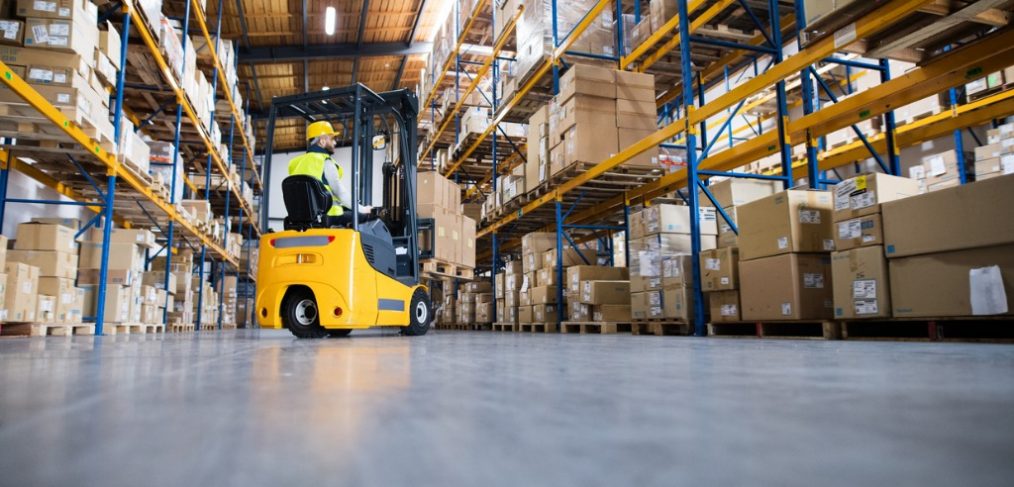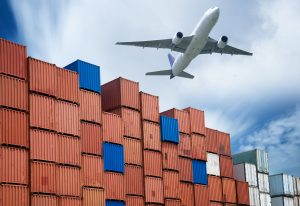
warehouse logistics
Wondering what to do about your warehouse logistics challenges?
Today, e-commerce and other changes have affected the way warehouses operate. Modern warehouses are bigger than ever before and operate differently than they used to. This can mean a whole new host of logistics issues for many companies.
The challenges that your brand faces in warehouse logistics are probably common ones – you’re not alone. In this guide, we’ll go over some of the most common warehouse challenges, and how to address them. Keep reading to learn how to smooth out those rough bits in your warehouse logistics!
What Are Warehouse Logistics?
If you want to understand warehouse logistics, you first need to know what logistics mean in general.
The simplest way to define logistics is as the details inherent in organizing, managing, planning, and implementing complicated operations. In a number of industries, such as the warehouse industry, logistics also includes the way information and physical goods flow.
Warehouse logistics really refers to the whole scope of complicated factors involved in the warehousing process.
The logistics might include things as varied as pest control, safety policies, handling of damaged goods, HR management, customer service, and more.
Why Warehouse Logistics Pose Challenges
Many of the logistical challenges in a warehouse have to do with organization. How is it possible to control every operation detail in a huge warehouse?
It might seem impossible, but it’s necessary – and it’s not really impossible after all. In a warehouse, staff needs to be able to find exactly where specific inventory items are kept, because those items might be damaged, returned, or recalled, for example. This information is crucial for keeping things running smoothly and getting profits flowing in. But it’s not easy to get.
To make logistics work well, you need the right strategies and tools. Meeting these challenges means being flexible enough to beat the competition, while also meeting customers’ expectations, and much more.
Managing a warehouse is no easy task, especially as e-commerce means orders that seem to grow by the day. Let’s take a look at some of the top challenges faced in today’s warehouses, and the strategies for overcoming them.
1. Inaccurate Inventory
The success of warehouse logistics hinges on its inventory. If you can’t know your full inventory, you might run out of stock at a bad time, or keep too much stock instead.
It’s obvious why running out of an item can pose an issue. However, stocking too much of something can also create problems. This reduces the amount of cash flow that can move through the warehouse and adds to the expenses since an excess stock is getting warehoused.
However, having a shortage of inventory is definitely the worse of the two problems. If you don’t have items in stock when they get ordered, you’ll run into customer complaints due to unfulfilled orders. It can be hard to make up your brand’s reputation once that happens to a few customers.
Modern tools can help inventory stay accurate. If you’re not using software to track your inventory, you’ll run into inaccuracies much more often.
2. Poor Inventory Location
When there’s not enough oversight of the inventory, things become more inefficient. That inefficiency results in slower operations and higher costs.
If you don’t know where your inventory is – even if you know that you have it – it will take longer to ship out items once they’ve been ordered. Time gets wasted finding the right things to send to customers.
The loading process then slows down, scheduling gets thrown off, and more issues arise. Warehouse logistics operate in a delicate balance, and one problem can throw off many other areas.
The above-mentioned software can also be useful for tracking inventory location. Make sure all your employees are on board with updating information as needed if items get moved, and make the information easily accessible for everyone who needs it.
3. Bad Warehouse Layout
Space utilization is one of the most important things in a warehouse. Is your warehouse layout helping or hurting?
Having space isn’t the issue. Many warehouses are plenty large for the task. However, they might feel smaller or less organized because the space hasn’t been used wisely. When you optimize that space, you’ll cut down on the needless labor.
For example, keep the inventory that sells often and moves fast near the front of the warehouse. That way, lift drivers don’t need to go all the way to the back of the warehouse for something they’re often retrieving.
4. Repetitive Processes
It’s important to keep things organized and detailed. However, it’s also possible to take things too far and create redundant, repetitive processes that don’t serve the warehouse.
For example, you might find that documentation like pick tickets is getting passed through far more hands than it needs to. Not only is this repetitive, but it also creates more room for errors. A good way to fix this problem is to use barcode technology, so the information is attached to the item and make available to anyone who’s handling it.
5. Picking That’s Not Optimized
Finally, are your picking processes optimized?
If manual processes are still in place at your warehouse, there’s often no regular route taken when items get picked for shipment. This leads to a confusing method that changes depending on who’s working that day.
Avoid adding extra time with un-optimized picking processes. Streamline and automate as much as you can, and you’ll be amazed by how your warehouse logistics improve.
Ready to Upgrade Your Warehouse Logistics?
The world of buying, selling, and shipping has changed. If your warehouse logistics haven’t changed with it, things can quickly become confused and inefficient.
Implementing these strategies to address your logistics concerns will save time, money, and effort throughout the process of getting goods to customers.



